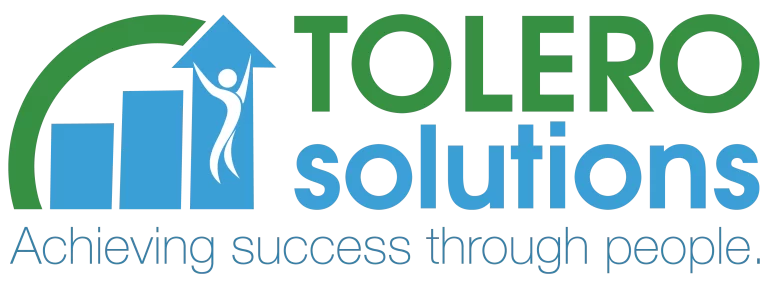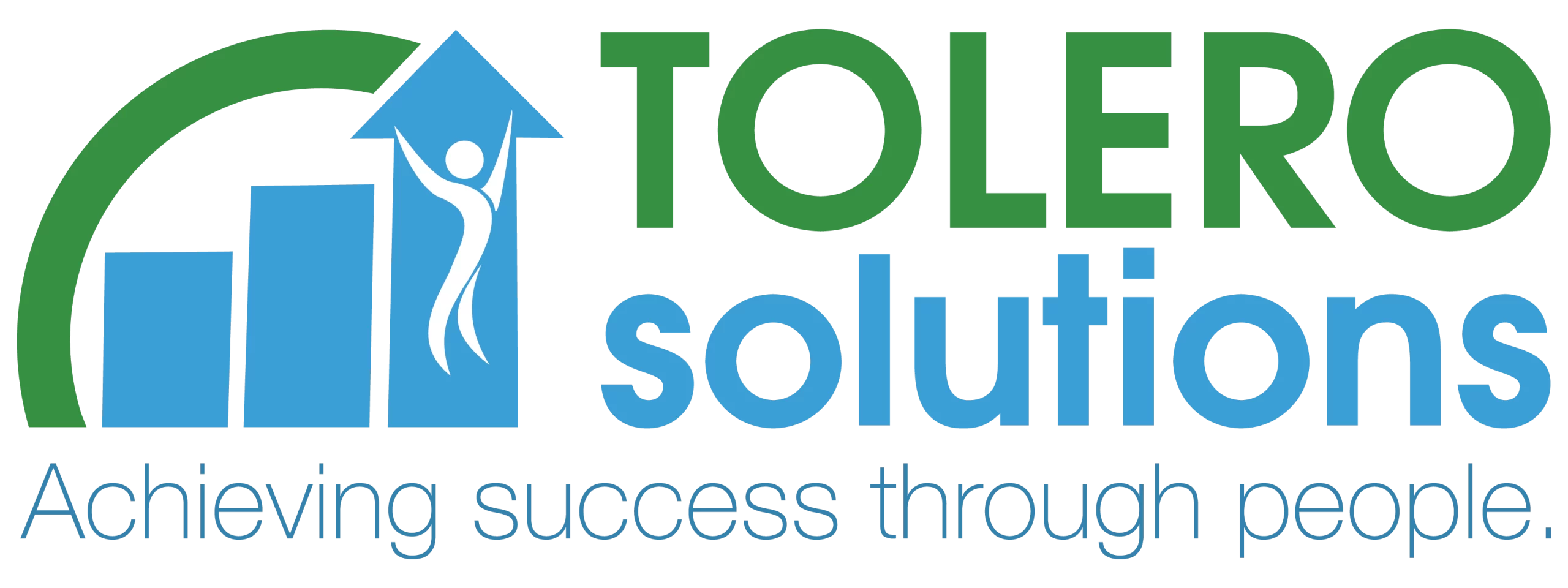Whatever it is your organization is working on – implementing new technology, leadership transition, a merger or acquisition, forced change due to policy or mandates – you’re spending a lot of time, resources, and money on making it a success. Well, at least you should be spending a lot of time and energy. Yet, far too many organizations pay lip service to achieving success without proper planning and execution to achieve their goals.
Then they wonder why their projects and initiatives fail to meet the original business intent and yield the desired results.
Stop wasting time and money.

If you want to succeed, you need to make the commitment to success – and that means all the good, bad, ugly, bumps, ditches, potholes, and everything else that comes along with reaching your goals. The road to success isn’t all sunshine and roses. Suck it up.
I help organizations change to meet their desired goals, and provide support and guidance to lead them to success. But, as the saying goes, it takes a village. If you want your organization to be successful, well then, cut the BS! Make the commitment required. Understand your current state, define your future state, and chart the course to get there. Devote the resources needed to plan, manage, and execute for success.
Start by asking yourself the following questions – and – be able to explain to others:
- Why is the change happening?
- What is your current state?
- What is your desired future state?
- What is required to achieve the desired future state?
- Is project management required?
- Is change management required?
- Is a clear strategy defined?
- Is governance needed and what does it look like?
- What are potential risks and how will you mitigate them?
- Is leadership committed to success?
- Are employees committed to success?
- Are customers aware of the change and any impacts?
- Are the benefits clearly defined for employees and customers?
- How will communication occur regarding the change?
- Do you have the resources needed or are you willing to spend to get them?
Those 15 questions are just some of the questions to take the time to ask, answer and evaluate if you want your change effort to be a success. Seems my list grows with every new client engagement.
Many organizations forget about or neglect the people side of change. You know, the people. Those folks who keep your business running. The folks who deliver value and goods and services. The folks who make you money. The folks whom without your business wouldn’t exist. And this means customers as well. Change impacts everyone, employees, and customers.
Many organizations overlook or under devote resources to the people side of any change effort. It’s sad. It has repercussions and negative impacts. It’s also unnecessary.
You’ve probably already planned for and allocated resources to the process and technology side of things, what about the people side of change? When you equally focus on the people side of change, you increase your chances of achieving a higher rate of success and increased ROI.
Want to learn more about how to achieve success? Contact me for additional resources on how to plan, manage, and lead change.
About Scott Span, MSOD, CSM: is CEO at Tolero Solutions. As a people strategist, leadership coach, and change and transformation specialist, his work is focused on people. Through his consulting and training work he supports clients to survive and thrive through change and transition and create people-focused cultures and a great employee experience. Through his coaching work, he supports people willing to dig deeper to identify and overcome what’s holding them back, change behaviors, accelerate performance and achieve their goals.
Email | Website | LinkedIn | Twitter | Blog | Facebook| YouTube | Instagram
*All Rights Reserved. Reproduction, publication, and all other use of any and all of this content is prohibited without the authorized consent of Tolero Solutions and the author.





